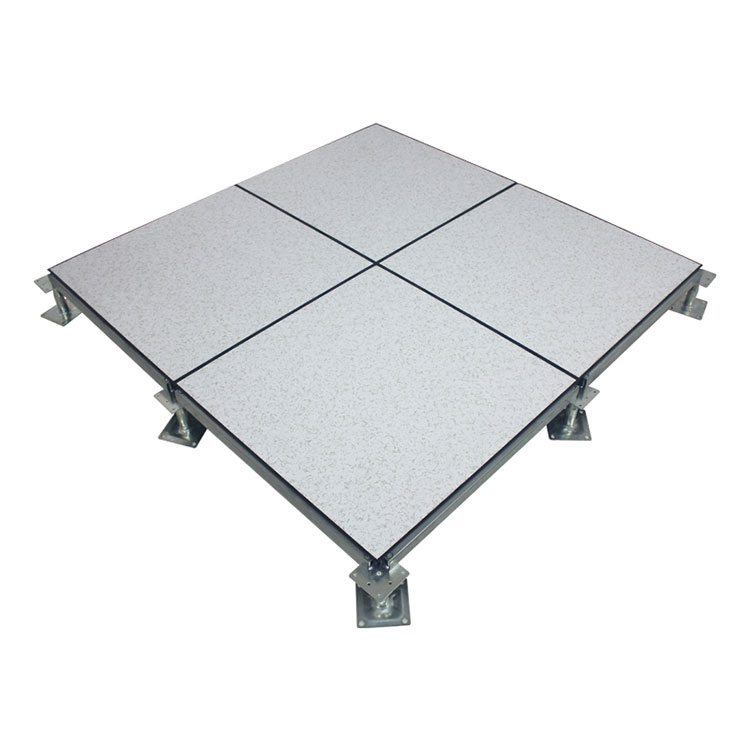Anti-Static Floors: A Critical Solution for Modern Environments
2024-12-26
In an era dominated by technology, static electricity can pose serious risks to equipment, products, and even personnel. Anti-static flooring offers an effective solution by minimizing the buildup of static electricity, making it a vital component in various industries.
What is Anti-Static Flooring?
Anti-static flooring is specially designed to prevent the accumulation of static electricity. It dissipates electrical charges safely into the ground, reducing the risk of electrostatic discharge (ESD).
Why is Anti-Static Flooring Important?
1. Protects Sensitive Equipment: Prevents damage to electronics and other static-sensitive devices.
2. Enhances Safety: Reduces the risk of sparks in environments with flammable materials.
3. Improves Product Quality: Minimizes defects caused by static electricity during manufacturing.

Applications of Anti-Static Flooring
- Electronics Manufacturing: Essential for safeguarding circuit boards and semiconductors.
- Data Centers: Protects servers and networking equipment from ESD damage.
- Pharmaceutical Industry: Maintains sterile environments by preventing particulate attraction.
- Healthcare: Used in operating rooms and labs to ensure safety and precision.
Types of Anti-Static Flooring
1. Conductive Flooring: Dissipates static charges rapidly and is used in high-risk environments.
2. Static Dissipative Flooring: Provides a controlled dissipation of charges, ideal for less critical areas.
3. ESD Carpet Tiles: Combines aesthetics with anti-static properties for office spaces.
Maintenance Tips
- Regular Cleaning: Use anti-static cleaners to maintain performance.
- Moisture Control: Ensure proper humidity levels to reduce static buildup.
- Inspection: Periodically test conductivity to ensure effectiveness.
Anti-static flooring is more than a surface; it’s a safety and efficiency solution that keeps modern environments running smoothly. Investing in the right anti-static floor ensures protection, reliability, and long-term benefits.


